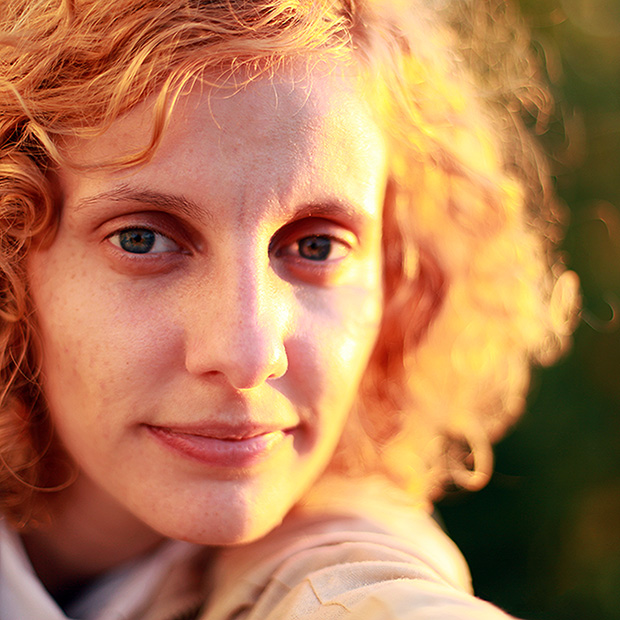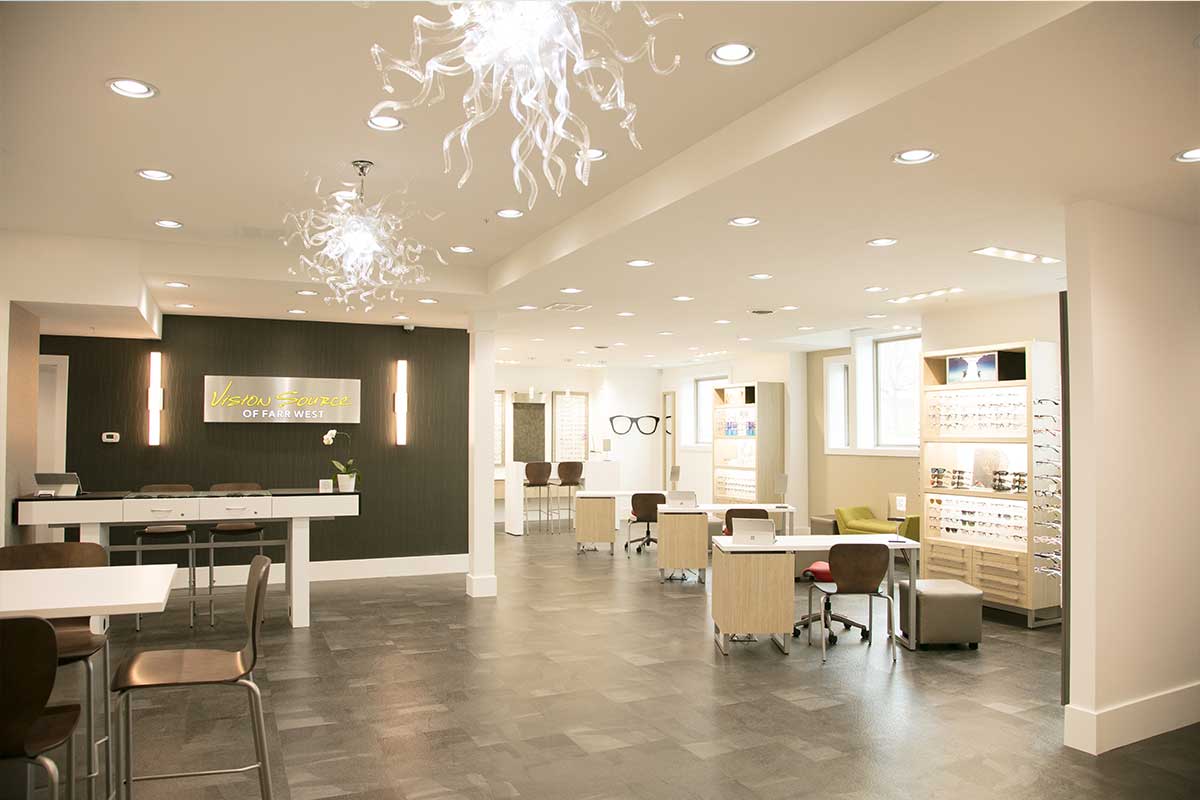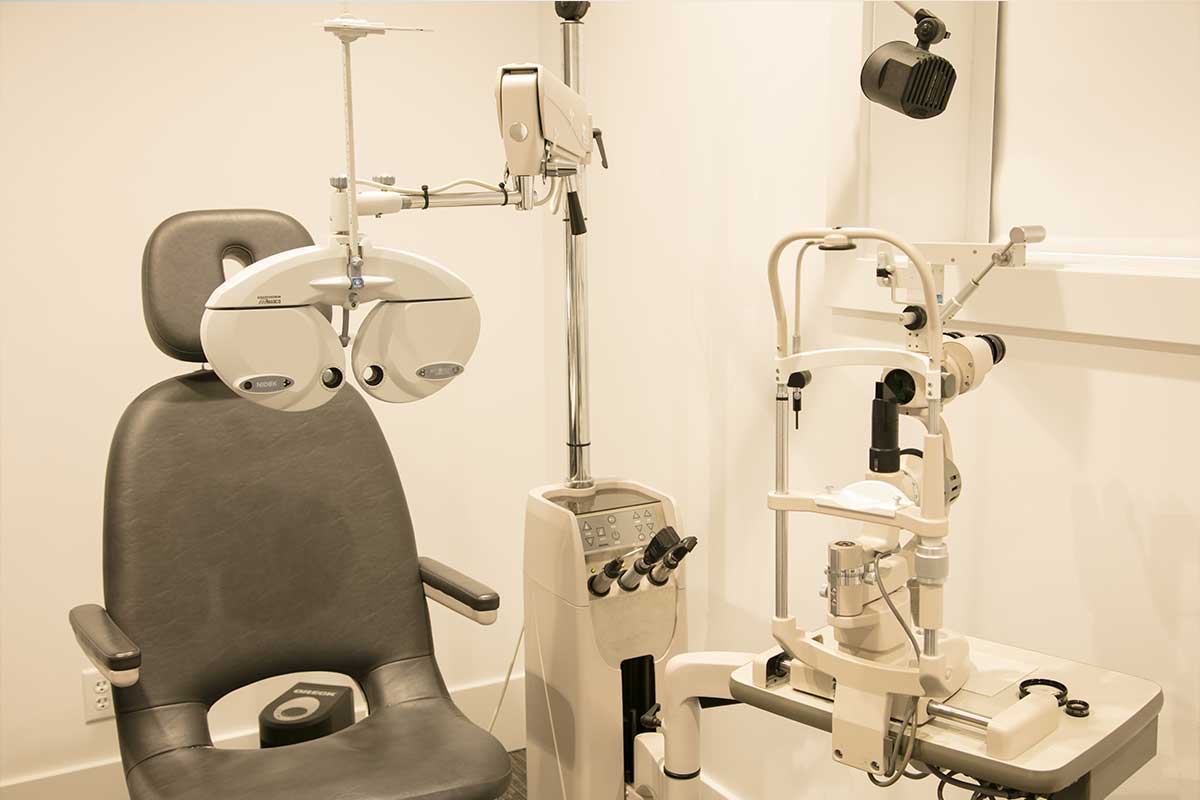Our Amazing Eyes And How They Work

Did you see that sunset last night? How about the big game? Or were you watching your daughter take her first steps? Our eyes truly let us see some wonderful things.
But how do eyes work? The eyes are fascinating and complex organs with many components. We’d like to help you understand exactly how eyes function so you can appreciate just how amazing these organs that allow us to see the world really are!
How Do We See?
For our eyes to work, there needs to be light. Light from the sun or an artificial source bounces off objects and into our eyes through the pupil—the black hole in the middle of our eyes. The iris, the colored part of the eye, changes the size of the pupil depending on how much light there is.
After entering the eye through the pupil, light passes through the lens. The lens focuses the light onto the retina at the back of the eye. The retina contains millions of photoreceptors–sensors that convert light into electrical impulses. These electric impulses travel along the optic nerve and into our brain. The brain then produces an image, allowing us to see!
How Similar Is A Camera To Our Eyes?
Thinking about our eyes in comparison to a camera may help us easier understand how the eye functions.
The iris works like the shutter in the camera, enlarging and shrinking depending on how much light is present. The lenses of both the eyes and a camera are similar in that they focus light onto something. In a camera, light is focused onto film instead of on the retina.
Even though it serves as a good comparison tool, there are some crucial differences between a camera and our eyes!
[iframe https://www.youtube.com/embed/OGqAM2Mykng?rel=0 620 349]
5 More Cool Eye Facts
Here are some interesting facts about how our eyes work:
- The pupil dilates 45 percent when looking at something pleasant, trying to take it all in.
- The retina can transmit up to 10 million bits of information every second!
- Your eyes use 65 percent of your brainpower–that’s more than any other part of your body.
- Images that are sent to your brain are actually backwards and upside down.
- Humans can see the light of a candle from 14 miles away under the right conditions!
We Love Your Eyes!
Our eyes are windows to the world around us. They let us see so many magnificent things! Make sure you take care of those beautiful eyes of yours by maintaining a healthy lifestyle and making regular visits to your eye doctor.
Top image by Flickr user Cristian Bortes used under Creative Commons Attribution-Sharealike 4.0 license. Image cropped and modified from original.
The content on this blog is not intended to be a substitute for professional medical advice, diagnosis, or treatment. Always seek the advice of qualified health providers with questions you may have regarding medical conditions.
Our Amazing Eyes And How They Work

Did you see that sunset last night? How about the big game? Or were you watching your daughter take her first steps? Our eyes truly let us see some wonderful things.
But how do eyes work? The eyes are fascinating and complex organs with many components. We’d like to help you understand exactly how eyes function so you can appreciate just how amazing these organs that allow us to see the world really are!
How Do We See?
For our eyes to work, there needs to be light. Light from the sun or an artificial source bounces off objects and into our eyes through the pupil—the black hole in the middle of our eyes. The iris, the colored part of the eye, changes the size of the pupil depending on how much light there is.
After entering the eye through the pupil, light passes through the lens. The lens focuses the light onto the retina at the back of the eye. The retina contains millions of photoreceptors–sensors that convert light into electrical impulses. These electric impulses travel along the optic nerve and into our brain. The brain then produces an image, allowing us to see!
How Similar Is A Camera To Our Eyes?
Thinking about our eyes in comparison to a camera may help us easier understand how the eye functions.
The iris works like the shutter in the camera, enlarging and shrinking depending on how much light is present. The lenses of both the eyes and a camera are similar in that they focus light onto something. In a camera, light is focused onto film instead of on the retina.
Even though it serves as a good comparison tool, there are some crucial differences between a camera and our eyes!
[iframe https://www.youtube.com/embed/OGqAM2Mykng?rel=0 620 349]
5 More Cool Eye Facts
Here are some interesting facts about how our eyes work:
- The pupil dilates 45 percent when looking at something pleasant, trying to take it all in.
- The retina can transmit up to 10 million bits of information every second!
- Your eyes use 65 percent of your brainpower–that’s more than any other part of your body.
- Images that are sent to your brain are actually backwards and upside down.
- Humans can see the light of a candle from 14 miles away under the right conditions!
We Love Your Eyes!
Our eyes are windows to the world around us. They let us see so many magnificent things! Make sure you take care of those beautiful eyes of yours by maintaining a healthy lifestyle and making regular visits to your eye doctor.





